The Meta Quest Pro and Quest 2 are among the best VR headsets you can buy, and now that the Quest Pro has seen a sizeable discount, it’s time to revisit which of Meta’s most recent headsets is the best.
Before getting into the fine details, it’s immediately obvious that the newer, more expensive Quest Pro is a much better headset. The Quest Pro now costs $1,000 versus the Quest 2’s much more affordable $400 price. What’s more important, usually, is which model has the best value while still meeting your needs. Now let’s check out what’s new and improved on the Quest Pro and how it compares to the Quest 2.
Quest Pro vs. Quest 2: display quality

The Meta Quest Pro’s display quality is far superior to that of the Quest 2 and the difference is apparent in several specifications. The Quest Pro’s display uses local dimming for 75% greater contrast than the Quest 2’s. Meta’s work-centric headset also has a higher resolution screen with 37% more pixels, a larger sweet spot of maximum clarity due to the new pancake lenses. This is very important if you need to do internet research, edit documents, or write code. Text is a big challenge in VR headsets and this is usually addressed by choosing a larger, bolder font. That isn’t ideal, however, when reading a document or scanning code for errors.
The Meta Quest Pro has 37% more pixels per inch compared to the older Quest 2, which is still surprisingly sharp despite its age. Pixels are not the whole story when it comes to VR headsets since the lenses that allow you to focus closely play a critical role in sharpness also. The Quest Pro features pancake lenses that are much thinner and increase the portion of the screen that remains sharpest. It’s not that the Quest 2’s lenses are bad, but rather that the Quest Pro’s are more advanced. The Meta Quest Pro also has a more vibrant display with a 30% greater color gamut and local dimming that provides 75% greater contrast.
For any VR headset, having a great visual experience is important and the Quest Pro has multiple advantages over the Quest 2. That said, the Quest 2’s display is still great for most games and more developers are optimizing for the Quest 2’s sharper screen as the original, lower-resolution Quest heads toward obsolescence.
While the Quest Pro will enhance the appearance of every app, game developers will probably keep targeting the lower-cost and more widespread Quest 2 with their graphics until Meta releases another low-cost system, presumably the Quest 3. That means there is still good value in the Quest 2 even though the Quest Pro features a much better display.
Quest Pro vs. Quest 2: performance
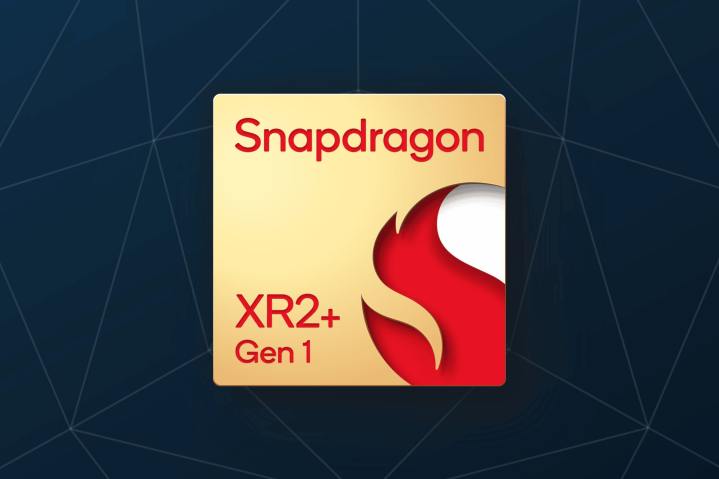
Since the Quest 2 is two years old, it’s clear that the Quest Pro has a newer processor, with higher performance and improved graphics capabilities. Meta said that the Quest Pro is 50% faster than the Quest 2, thanks to its Qualcomm Snapdragon XR+ chip. This is very important when using a VR headset for productivity since multiple tabs and apps need to be open at the same time.
The Quest 2 feels remarkably fast for an old headset and that is possible because games completely take over the entire screen so other apps and many system processes can be paused. With full processor access, a Quest 2 can handle advanced gaming, while keeping frame rates high without user input lagging. Both Meta and Quest game developers are due a hefty helping of respect for bringing AAA titles to the aging Quest 2.
If you mostly use your VR headset for gaming and don’t anticipate a great need for productivity and expressive avatars, the Quest 2 might be all you need. The Quest Pro is certainly more advanced but beyond the upgrade in display quality and comfort, most games will probably perform about the same on a Quest 2 since they were optimized for either the original Quest or Quest 2. Over time this might change but that probably won’t happen until the Quest 3 is released.
Quest Pro vs. Quest 2: comfort
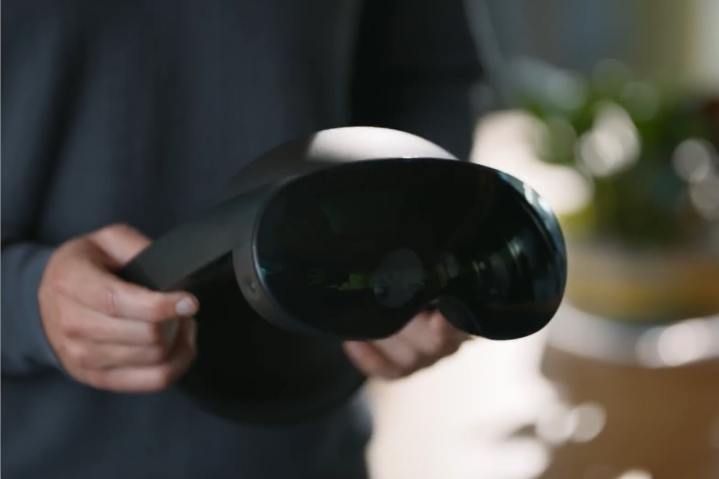
The Quest Pro’s comfort seems to vary from person to person. Our Quest Pro review found it to be among the best, with good usability for work use. Some reviewers disagree and find it painful after an hour or two. This is true of any VR headset, but one of the selling points of Meta’s premium headset is improved comfort.
The Quest Pro is definitely more balanced than the Quest 2 since the battery is placed at the back, offsetting the weight of the front visor. If you want to use VR for several hours without a break, Meta says the Quest Pro is much more comfortable than the Quest 2 which has over a pound of weight resting on your face.
That means when wearing a Quest Pro, you’ll be less likely to suffer from VR face, the sometimes painful, red imprints left on your cheeks and forehead after wearing the Quest 2 for a long time. The experience varies and some have no trouble with a VR headset so that might not be important to you. Weight does affect long-term comfort and could prevent neck strain, making the Quest Pro’s improved head strap and weight distribution a valuable upgrade.
Quest Pro vs. Quest 2: features
The Quest Pro does everything the Quest 2 can and better. That’s not a surprise considering the $600 price difference. The Quest Pro has several features that are exclusive to Meta’s professional VR headset that help to set it apart from the Quest 2 and other low-cost headsets. Most notably, the Quest Pro features a high-resolution, color-passthrough camera with four times the resolution of the Quest 2.
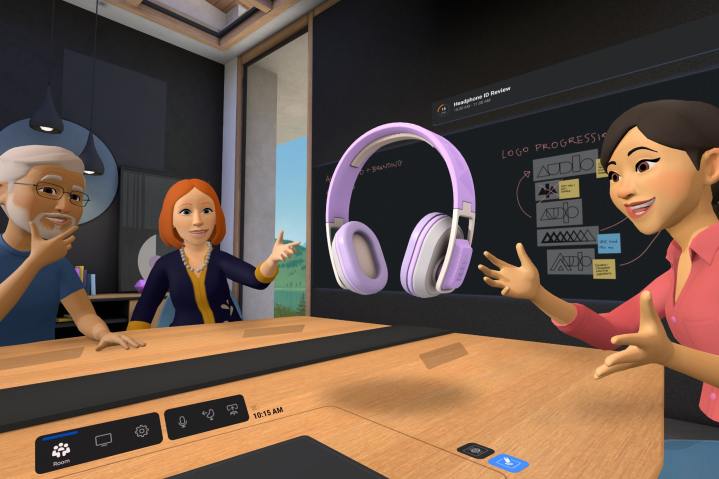
This brings Meta’s mixed-reality feature into a new, much more usable form. With the Quest Pro, you can easily and fearlessly walk around a room without taking off your headset. The Quest 2’s low-resolution, black-and-white passthrough helps prevent crashing into large objects but is far from ideal. Beyond seeing your physical environment while wearing the Quest Pro, the headset can overlay 3D graphics to enable AR-like experiences with great fidelity.
The Quest Pro also features face-tracking so your avatar can match your actual expression in virtual team meetings or when hanging out with friends. Non-verbal communication is quite important and has been mostly absent in VR chats unless an extra effort is made to compensate for the mostly frozen expressions of avatars.
Eye-tracking has multiple purposes. Besides making your avatar more lifelike and letting others see where you’re looking, the Quest Pro could be able to use your gaze as a form of input in the future. This capability hasn’t been implemented by Meta yet, but Sony includes menu selection by gaze on its PlayStation VR2 headset.
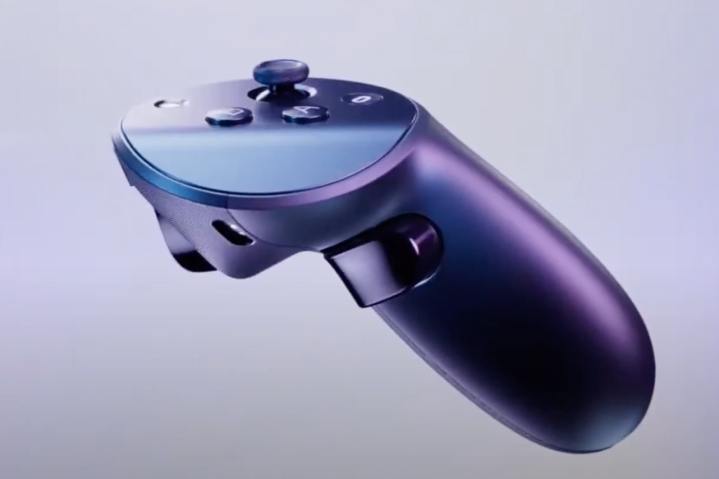
The Quest Pro Touch Controllers benefit from improved tracking so you’ll never lose sight of them in the headset, even if held behind your back. The Quest 2 relied on controller tracking done by the headset so you had to keep your hands within view of the headset’s cameras. The Quest Pro Touch Controllers also have a built-in stylus tip so you can write on a whiteboard or paint by inverting the controller and drawing with the end.
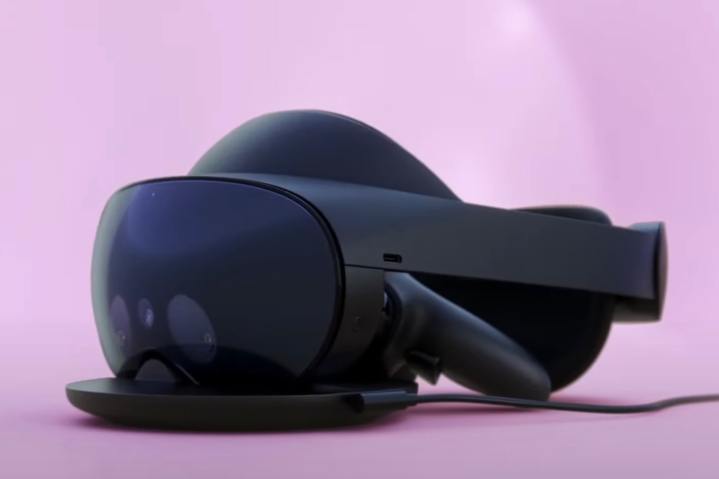
Other little details like the bundled charging dock help to make the Quest Pro a more complete solution that allows you to switch quickly between an immersive VR environment, to your actual surroundings or linger in a mixed reality view that contains the best of both.
Which Quest is best for you?
The Quest Pro’s advanced display features might not be that important when you play a bright, action-packed game like Beat Saber which uses simple graphics. Many of the most popular Quest games could look and feel quite similar when played with a Quest Pro. Dark and moody games will benefit from the greater dynamic range, however, colorful games will be more vivid with its 30% wider color gamut.
Action games will have improved controller tracking which could enhance the experience. Overall, it will be a mixed bag where some titles might be significantly improved while others will look and perform about the same. That means the Quest Pro might not have enough added value versus a Quest 2 if you’re just interested in VR gaming.
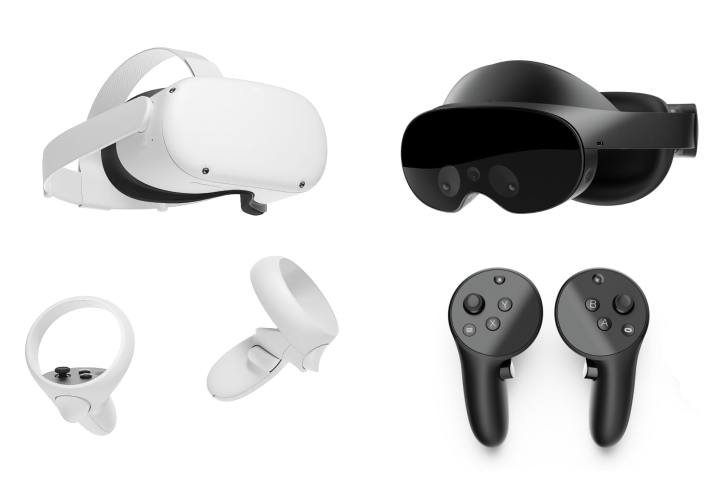
For work in Horizon Workrooms and other virtual team chat apps, though, the improvement in the expressiveness of your avatar is a difference your teammates might appreciate. It’s particularly important if you’re not as outspoken and rely on non-verbal communication to convey your feelings. Social chat will also be better with the Quest Pro headset than on the Quest 2 so that’s something to consider. Even if your co-workers don’t use VR, your friends and family might, and would appreciate seeing your real reactions when visiting in VR.
The Quest Pro provides the most value if you use it for work, and anyone interested in browsing the internet or compiling research while using multiple virtual screens will find the Quest Pro to be more comfortable for longer. If you have a Quest 2 and wish you could spend more time in VR, the Quest Pro might be worth the extra cost.

As much as Meta wants it to, the Quest Pro likely won’t be able to replace the functionality of a laptop or desktop computer. Anything that you do on a computer that isn’t super easy and automatic on a phone or tablet, will probably be at least as difficult and could be impossible in VR. That’s just the nature of new technology and the Meta ecosystem is likely to change and grow over time to allow more possibilities.
Meta has established partnerships with companies like Microsoft and Adobe, and hopefully, more professional apps will be coming to the Quest Pro in the future. So far, there are very few titles exclusive to the Quest Pro.
Since you’ll probably need to keep your computer, you might need to balance the cost of a new Quest Pro VR headset against its usefulness, even if using it for work. It’s much easier to spend $400 on a Quest 2 that is good enough for gaming while also allowing web browsing and even some work use.
If you are interested in PCVR and are looking for the best headset, the Quest Pro’s improved visuals, and more powerful processor will provide better quality at higher frame rates than the Quest 2. At $1,000, it’s now competitive with some of the best PCVR headsets on the market.
If you’re all-in for VR and the metaverse, the Quest Pro is an exciting new chapter and might be a step that allows you to spend more time in virtual reality with comfort. The big price drop makes the Quest Pro even more attractive. After two years of the Quest 2 reigning as the most recommended VR headset, virtual reality just got more interesting with the Meta Quest Pro.



